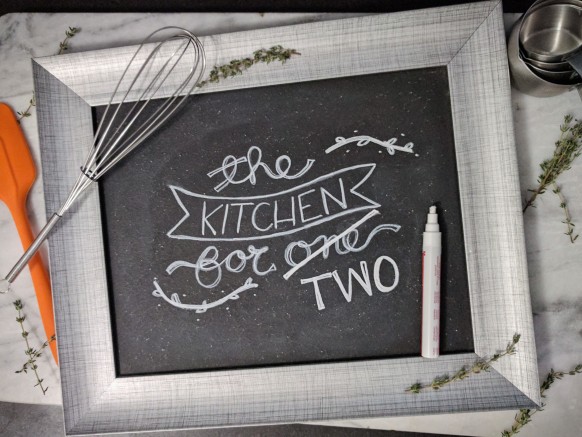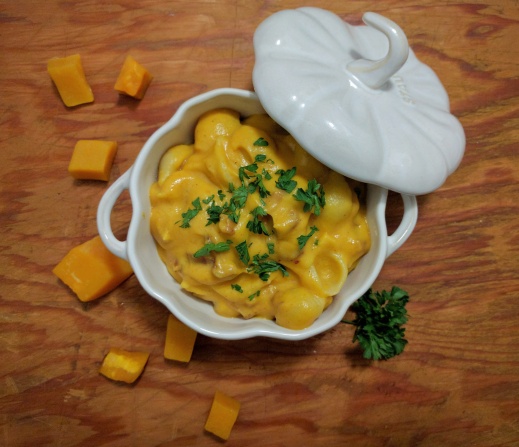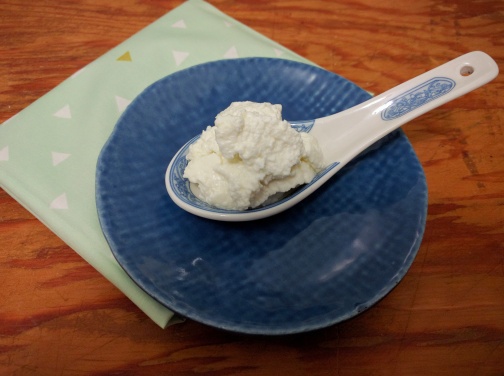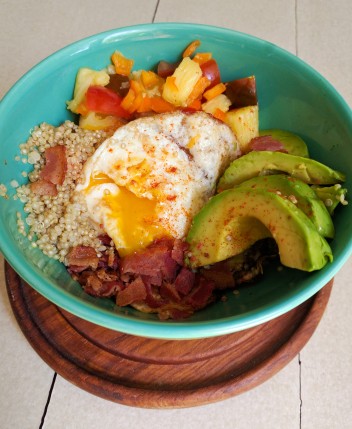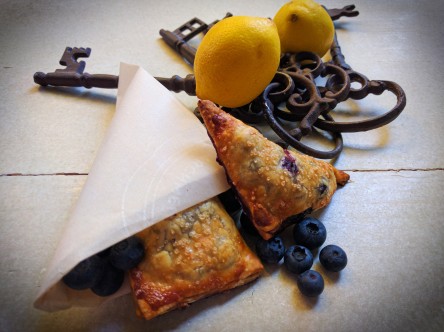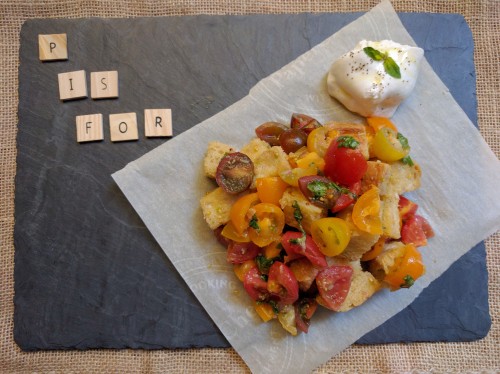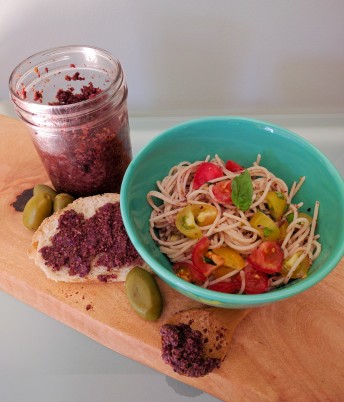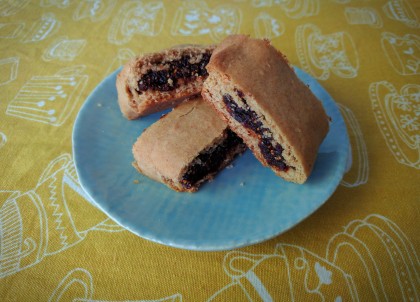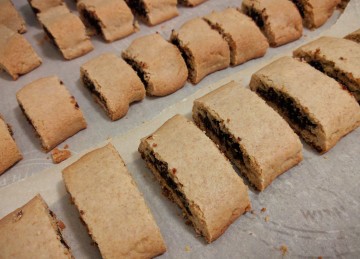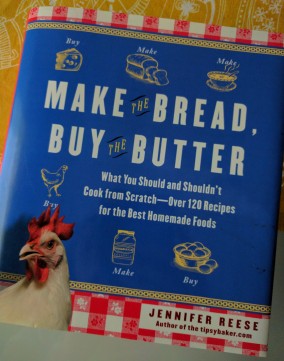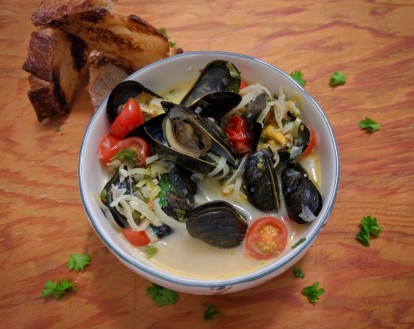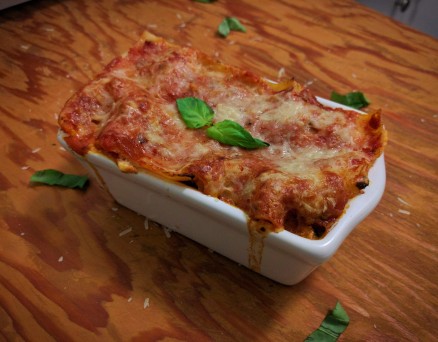
In a kitchen for one, cooking large family-style dishes seems like a daunting task. What if I don’t want to eat the same meal for five days straight? What if it doesn’t freeze well? I took on the challenge of conquering one of my favorite family-style dishes and made it into a single serving. Today we master lasagna!
The key to sizing down your favorite dishes is having properly sized cookware. If you are just going to be cooking for yourself most of the time, I suggest buying smaller pans, pots and casserole dishes. They take up less space in your kitchen, cost less money and allow you to cook smaller meals, wins all around! I chose a 3x5x2 inch ceramic dish that I use for not only making casseroles, but baking small loaves of bread as well. Most of the tools and dishes in my kitchen serve many purposes, no uni-taskers here!
Now that you are equipped with the proper tools, let’s build a lasagna! The key ingredients in a lasagna are marinara sauce, cheese, pasta, and more cheese. I added in some protein and of course basil to turn up the Italian dial on this dish. Lasagnas require little time in the kitchen and thanks to a new tip I read on Serious Eats, I now know how to make it without having to cook the pasta ahead of time; no more handling boiling hot noodles! Rather than cooking the lasagna noodles, I soaked them in warm water. This helps to soften the noodles without actually cooking them. The noodles can then be used to make the lasagna and will finish cooking while it bakes. Why can’t we just add the uncooked pasta as is? It would soak up ALL of the liquid from your sauce leaving you with a dried out brick of pasta and cheese, not quite what you were picturing for dinner I’m sure. To learn the science behind why this soaking technique works, read the Serious Eats article here. I am all about time-saving techniques and this will be one I use from now on for baked pasta dishes!
After your pasta has been prepped and the sausage cooked, it is just a quick layering game and off into the oven your lasagna goes! Swap out the sausage for another cooked protein or feel free to add in other veggies like zucchini, spinach, or roasted red peppers. When adding additional ingredients, be aware of the size of the dish you are using as you do not want to get to the second layer and realize you have run out of space.
There you have it! A beloved Italian family-style dish sized down for just you 🙂 What are you favorite ingredients to layer in a lasagna? Is there a casserole you would like to see sized down for a single serving? I would love to hear your suggestions in the comment section below!
Ingredients
- 1 cup homemade or store-bought marinara sauce
- 2-3 lasagna noodles
- 1 spicy Italian sausage (removed from casing)
- 4-5 large basil leaves, torn into large pieces
- ½ cup ricotta cheese
- 2-3 tablespoons shredded parmesan cheese
- Special equipment: small casserole dish measuring 3x5x2 inches; if using a larger dish, increase the ingredient quantities exponentially (if dish is twice as large, double the ingredients, etc.)
Building the Lasagna
- Preheat your oven to 375F.
- Place the lasagna noodles in a shallow dish with warm water for 10 minutes, changing out the water after five minutes.
- Drain the water and pat the noodles dry.
- This process of pre-soaking the pasta helps to soften the noodles, but allows you to easily handle them and helps prevent overcooking them.
- While the pasta is soaking, cook the Italian sausage over medium-high heat in a small pan breaking it into small pieces while it cooks for 5-7 minutes until browned throughout.
- Remove the cooked sausage from the pan and place on paper towels to absorb some of the excess grease.
- Cut the lasagna noodles into pieces that fit the dish, you will need enough to make three pasta layers.
- Add a few spoonfuls of sauce into bottom of pan to prevent the pasta from sticking.
- Place one layer of noodles, a few spoonfuls of sauce, half of the sausage, half of the basil leaves, half of the ricotta cheese, and top with another few spoonfuls of sauce.
- Repeat the step above one more time to create two layers of filling.
- Top the second layer of filling with a third layer of lasagna noodles, the remaining sauce and sprinkle with the parmesan cheese.
- Place casserole dish on a raised edge sheet pan, just in case the sauce bubbles over, and bake for 30 minutes.
- Allow lasagna to cool for 5 minutes before digging in!
